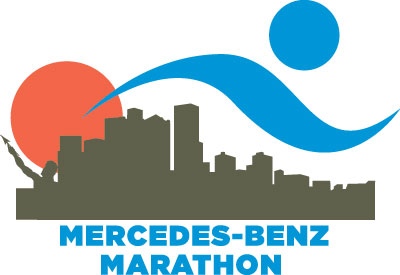
Last week was especially busy and by Friday afternoon, when I got off work, I was fried. Sherod already had an early evening commitment at the church; when I got home he was busy, so I decided I’d go to the movies and then walk.
I saw a movie called The Sessions with Helen Hunt and John Hawkes. I had wanted to see it for several reasons: I’m a sucker for a love story and even more of a sucker for any movie that gets a glowing review from the New York Times. An iron lung is central to the plot of The Sessions—John Hawkes plays the part of a man who has spent most of his life in one after having contracted polio as a young boy. Last year, around Christmas, I remembered some of my experiences at Boston Children’s Hospital. Iron lungs are a vivid part of my memories of that time; they are charged with fear and shadows. I don’t know what I was looking for or hoping to understand, but it seemed important to find if there was something to glean in those shadows.
The part of the movie critics have raved about—the relationship between the two protagonists, Cheryl and Mark—was not particularly engaging or illuminating to me. This is the story of a paralyzed man turning to a sex surrogate/therapist to lay claim to his sexuality. Although both Hunt and Hawkes are fine actors, I found little that was evocative or compelling in their scenes together. It was more about anatomy and mechanics and I felt like a voyeur looking in on moments of gentle, bumbling humanness that should be private; I had no business being there.
What gave me much to reflect on was Mark O’Brien’s choice to inhabit his body in a way that I think few people are capable of. (and FYI, the movie is based on the life of a man who was a poet, journalist and author until his death in the early 90’s). I paid careful attention in the scenes when he is in the iron lung. It made the exact same hissing, pumping sound I remember from my childhood. At first, that made my skin crawl. It struck me that I get so anxious about that machine, even though I know now that it is even better for breathing than a ventilator, because it is such an in my face reminder of a time of incredible powerlessness in my own life. Amy Schultz, my ward mate, lay in her iron lung all that long summer of 1968, and I in my hip spika cast. It wasn’t just that the world was narrow and closed in on us. It was that our bodies were almost completely unavailable for anything approaching agency or intention. There are a whole lot of lessons to learn about powerlessness in a hip spika cast and in an iron lung.
The movie insists, however, that there is a way to a different kind of power when we intentionally choose to inhabit our bodies as we have received them. There was a whole community gathered around O’Brien that made it possible for him to finally get to say to a lovely woman, with the most delightful mischief possible, “I’m not a virgin”. The trust and courage it must have taken to enlist the help of a colorful cast of characters all determined to help him have sex is simply spectacular to me.
There is also a small scene in the movie between Cheryl, the sex surrogate, and a character played by Rhea Perlman, that serves as a counterpoint to the experience I share with Mark O’Brien, that it takes help from our whole community to be able to say yes to our bodies. Part of the ‘back story’ for Cheryl, is that she is in the process of converting to Judaism. Towards the end of the movie, when surrogacy, anatomy and mechanics has led to intimacy, complication and anguish, she goes to a synagogue for a Mikvah (ritual cleansing bath). Rhea Perlman plays the role of a Mikvah lady—she’s the bossy-pants of the bath, making sure women do this ritual right. There’s a marvelous conversation between her and Helen Hunt as Hunt disrobes very naturally and gracefully. The Mikvah lady takes note of the character, Cheryl’s, comfort with her own self and describes the many women and their daughters who come in and struggle mightily to hold on to at least some garment, rather than be seen naked. At one point she says something like, “I tell them, ‘this is your body’ and I want to ask them, ‘what happens when there is nothing left to cling to but your own body?’”
The scars on my body I look at daily, the pictures of me in a hip spika cast like the one at the top of this post, all remind me that others had to play an enormous role in my ability to live—especially to walk—in my own skin. But I am now at a point in my life when the opposite is also true. I have little left to cling to these days. Over these past few months, after placing Maria at BARC and then facing into the truly grave financial crisis we’ve been through in the ministry I’m a part of, I have had to let go of a lot. As I crossed over the drawbridge on Sunrise on Friday evening after the movie, exhausted from a very hard week at work and with my child, I was aware that I was walking alone, that at that moment, no one even knew where I was—and that too was as it should be. There are hard times when I have to suffice to get to the next place. And so far, I have.

 And when the river meets the road, the road usually looses and it takes years for repairs to be made.
And when the river meets the road, the road usually looses and it takes years for repairs to be made.

 And like this
And like this

























